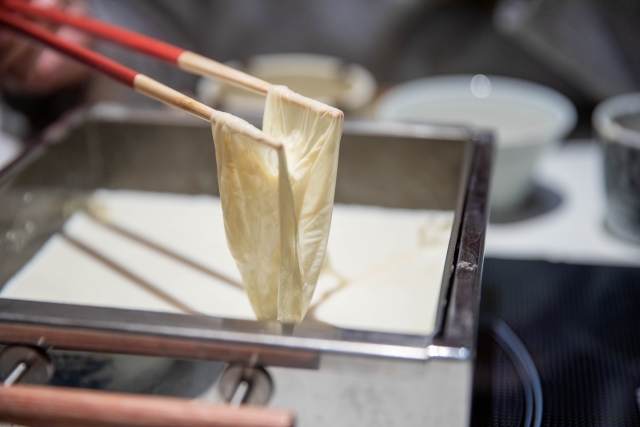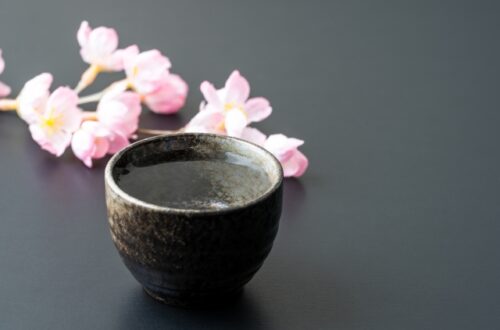
If use yuba, a master of Japanese food! Yuba Cooking method
Yuba came from China along with tofu. Originally it was one of the devoted dishes to eat at the temple (Buddhist vegetarian meal).
Probably, like tofu, Yuba became popular among the ordinary people because it is provided to customers to entertain the people who come to the temple.
Have you ever had Yuba?
Today I would like to introduce you to Yuba.
Why is Yuba called Yuba?
The meaning of the word yuba can be understood by looking at the kanji. “湯” (yu) means hot water. “葉” (ba) represents a leaf, but there are two types of kanji for “ba”, the kanji “波” is sometimes applied, 波 represents wave.
Yuba is made by putting soymilk in a pot warmed to the extent that it does not boil and scooping the film on the surface.
In other words, yuba is made only of soybeans and water. The Japanese ancestors liken Yuba to leaves or waves.
Which kanji use depends on the region.
Type of yuba.
There are two types of yuba: raw yuba and dried yuba. Raw yuba is famous in Kyoto.
Dried yuba is just soaked in hot water or cold water. The time varies depending on the type of yuba, so I recommend the time indicated on the bag.


What is Yuba’s nutrition?
Yuba is very nutritious, and it is several times more nutritious than tofu such as protein, iron and zinc etc.
In terms of protein, 100g of pork, which is said to be rich in protein, is 14.2, while 100g of yuba is 21.8.
How do you eat Yuba?
Yuba doesn’t have any strong or distinct flavor, so you can eat it raw like sashimi, or eat it Oden, simmered food, or fried like rice crackers.
Vave introduces recipes using yuba, so please refer to it.
(The image is “You should have when you come to Japan! Vegan Oden“)





